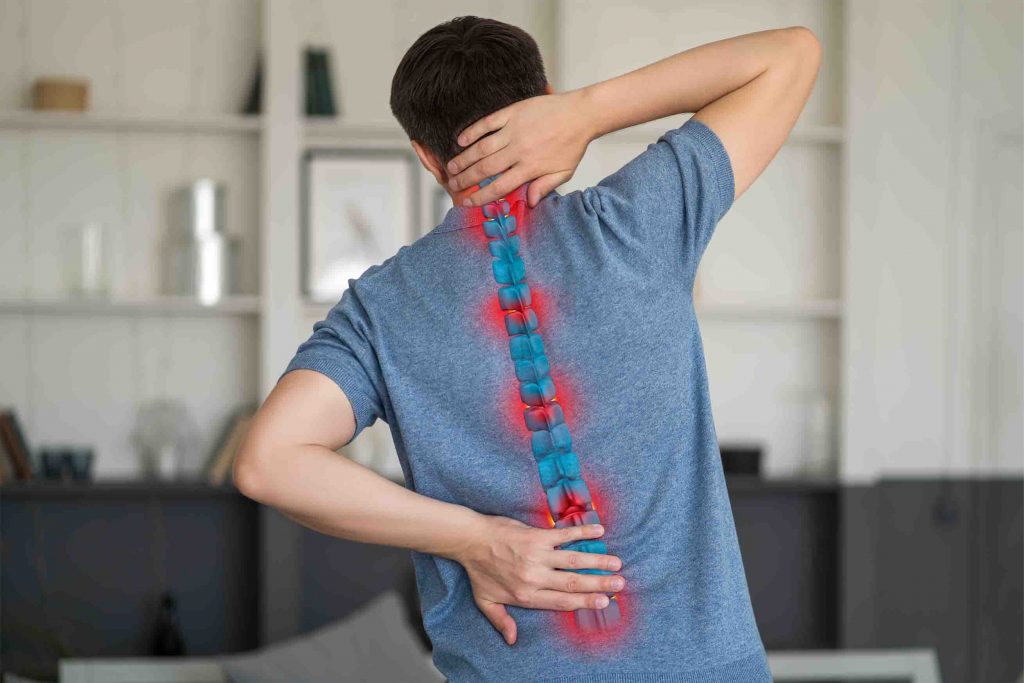Degenerative Lumbar Spondylosis is a degenerative spinal condition that affects the lower back. It is caused by the normal wear and tear of the spine as a person ages. The spinal discs, which act as cushions between the vertebrae, start to deteriorate and lose their ability to absorb shock. The body then produces bone spurs to stabilize the spine, which can further exacerbate the symptoms.

Causes of Degenerative Lumbar Spondylosis
The primary cause of degenerative lumbar spondylosis is aging. However, other factors that can contribute to this condition include:
- Genetics: The predisposition to spinal degeneration can be inherited.
- Lifestyle: Poor posture, obesity, and lack of exercise can all contribute to the development of lumbar spondylosis.
- Injuries: Trauma to the spine, such as a fall or car accident, can lead to degenerative spondylosis.
Symptoms of Degenerative Lumbar Spondylosis
The symptoms of degenerative lumbar spondylosis can vary depending on the severity of the condition. Common symptoms include:
- Back pain: Usually in the lower back, the pain can be dull or sharp.
- Stiffness: Stiffness in the lower back and legs is common, especially in the morning.
- Numbness and tingling: These sensations may be felt in the lower back, legs, or feet.
- Weakness: Weakness in the legs and difficulty walking can be a sign of more advanced spondylosis.
- Loss of bladder or bowel control: In severe cases, the nerves that control these functions may be affected.
Diagnosis and Treatment
Diagnosis of degenerative lumbar spondylosis typically involves a physical examination, medical history, and imaging tests such as X-rays or MRI. Treatment options for this condition include:
- Physical therapy: This can help to strengthen the muscles around the spine and improve flexibility.
- Medications: Pain relievers, anti-inflammatory drugs, and muscle relaxants may be prescribed to help manage the symptoms.
- Surgery: In more severe cases, surgery may be required to remove bone spurs or repair damaged discs.
- Lifestyle changes: Making lifestyle changes such as losing weight, quitting smoking, and improving posture can help manage symptoms and slow the progression of the condition.
Degenerative lumbar spondylosis is a common condition that can cause pain and discomfort. It is important to seek medical attention if you are experiencing symptoms. While there is no cure for degenerative spondylosis, there are many treatment options available to help manage the symptoms and improve quality of life.